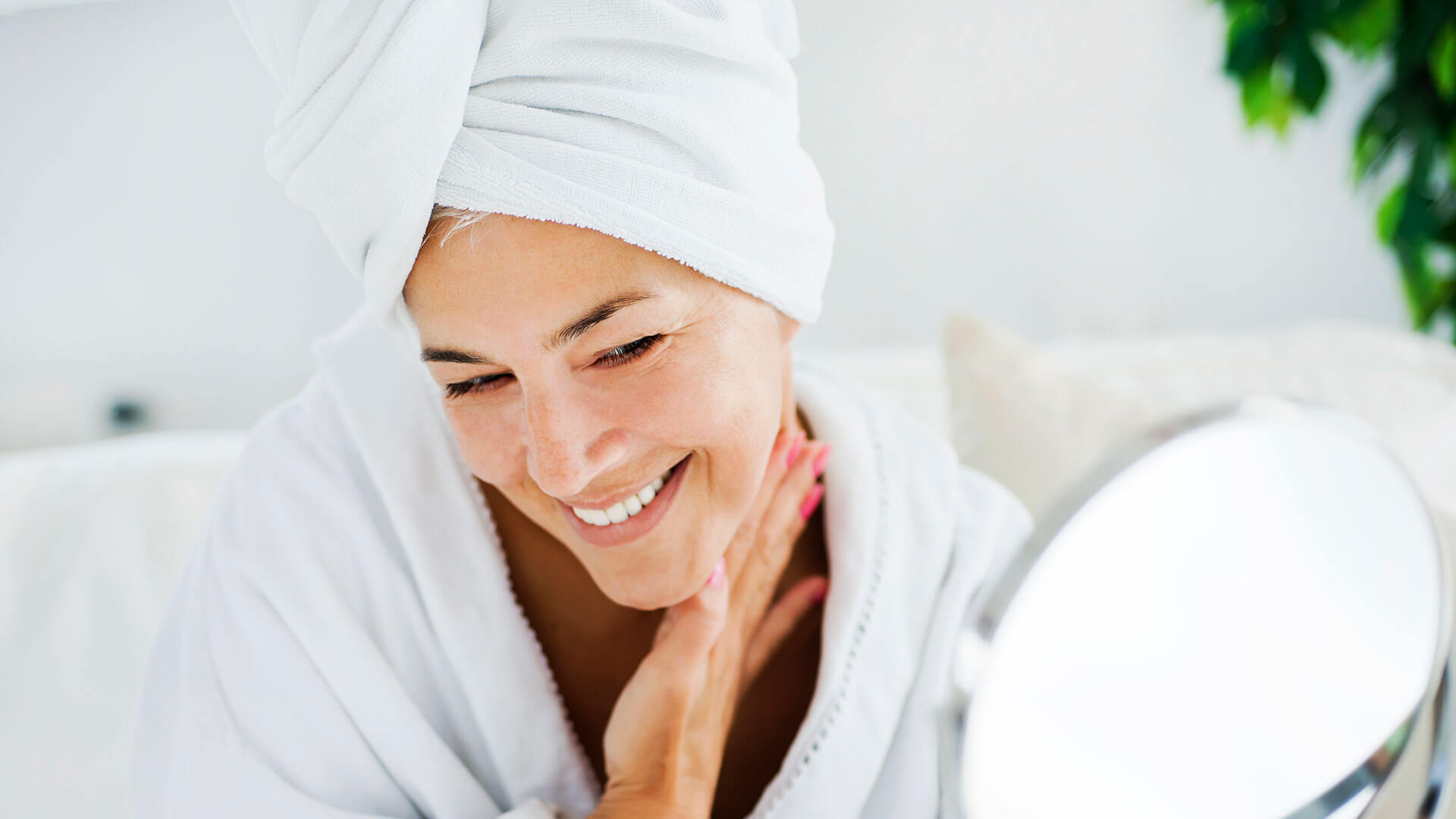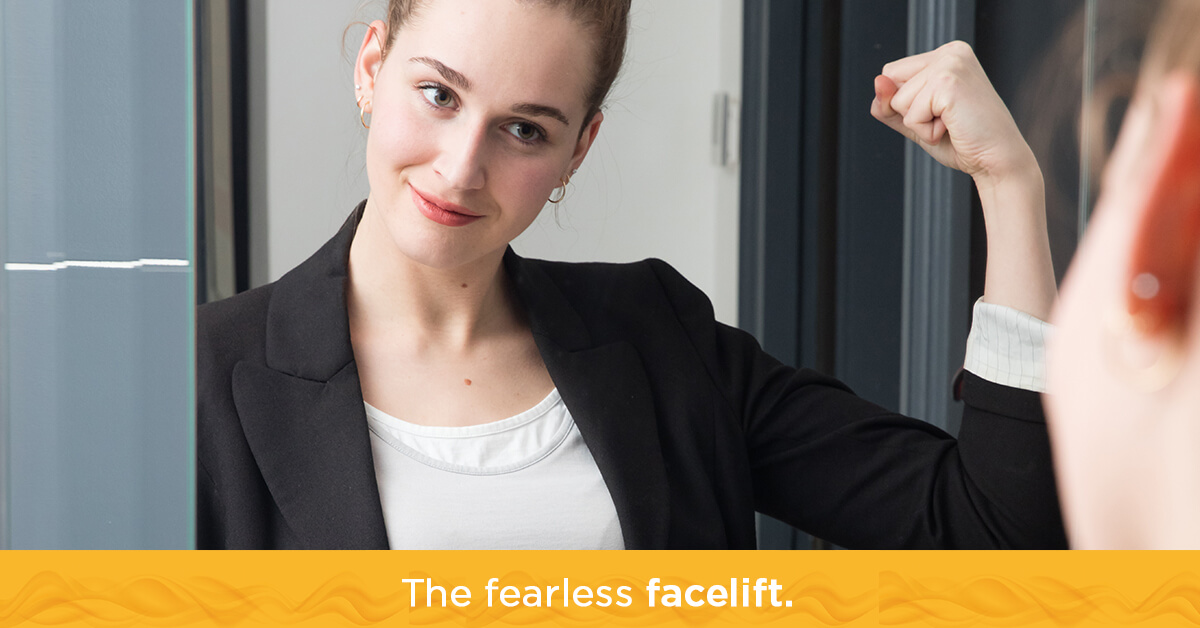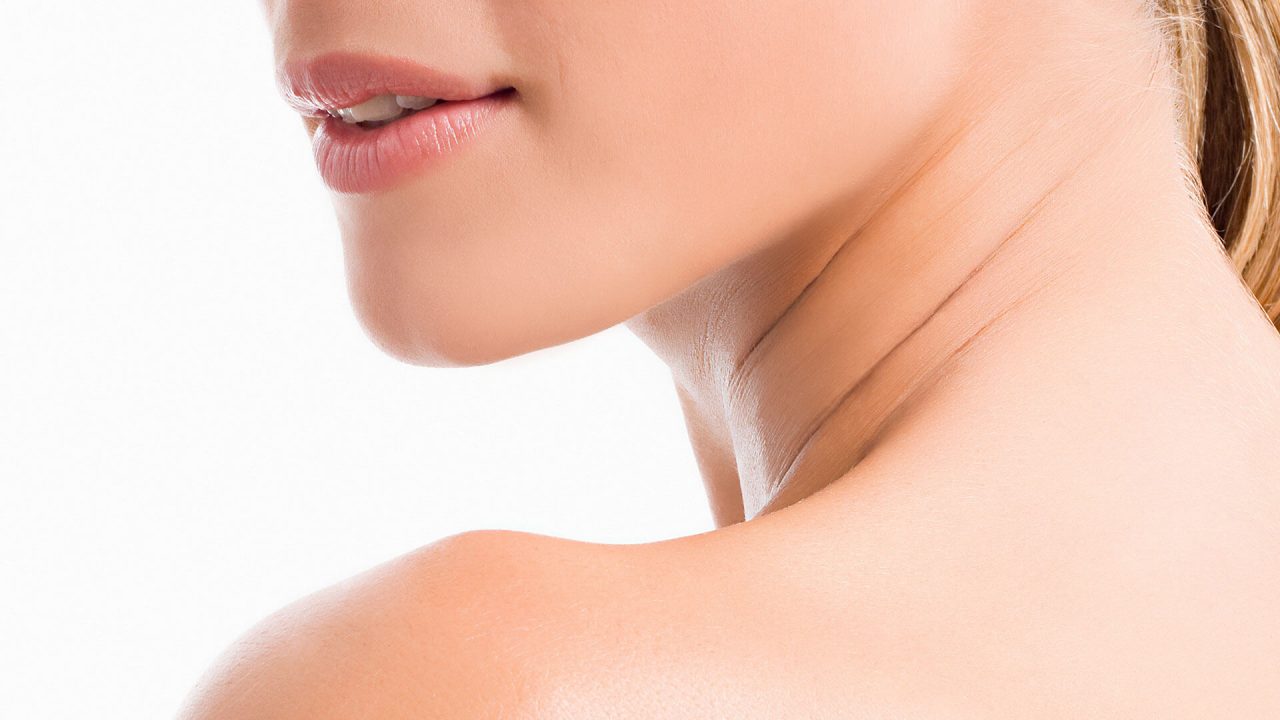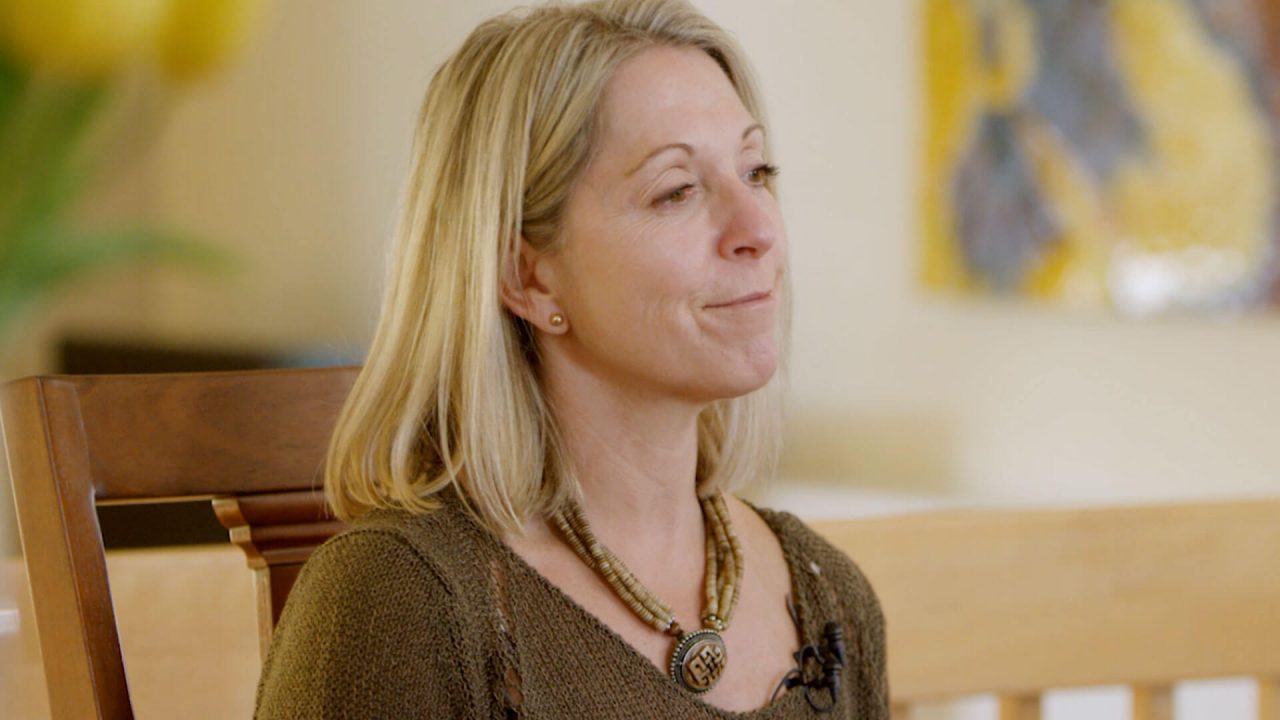
Less is More: how to make the most of mid-life skin
If you look like you’ve been done, you’ve been done wrong, leading dermatologist say.
Ask a dermatologist how to make the most of your aging skin with minimally invasive procedures.
When Dr. Gail Nield, attended a dermatology conference in Copenhagen last fall, she couldn’t help but feel sorry for one celebrity in particular. “Three different presenters used her as an example of what not to do,” recalls the well-known Woodbridge, Ontario based dermatologist who is passionate about helping her patients look as natural as possible. Here, she answers a few of our questions regarding skincare, non-invasive aesthetic procedures and how to get the most benefit with the least intervention.
First things first: what was it about this actress specifically that raised so many eyebrows in the cosmetic aesthetic community?
The actress in question began having botulinum injections over two decades ago, when physicians believed botulinum was an all or nothing response. It was felt that if not enough units were injected to fully inactivate the muscles being targeted, such as in the forehead, the procedure wouldn’t be as effective. We now know that we can use fewer units, and in many cases, still have lovely, natural results with some residual motion. This particular celebrity is still caught in that ‘frozen look’ and mode of thinking. There is no movement in her forehead. This is not a natural result and makes it very obvious that a treatment has been done.
With regard to aesthetic procedures, how common is it for patients to fall into the trap of ‘more is more’, where the more they have done, they more they feel needs doing?
I have a saying, “if you look like you’ve been done, you’ve been done wrong”. The ‘overfilled’ look is another example of what happens when people see themselves differently from how others see them. Full cheeks on a woman in her ‘50s do not look as natural as full cheeks on a woman in her 20s. As women age, their faces do become more sculpted, which can be very beautiful. However, when the jowls begin to form and the neck sags, having an expert physician perform some work with fillers, botulinum and Ultherapy, can create remarkable results.
Another common trap for patients is becoming fixated on one small imperfection when in fact addressing another aspect would make more sense and produce a superior effect. There’s no point in only treating your marionette lines, for example, if your cheeks are deflated and droopy. I always encourage patients to look at the entire forest, not just one tree.
What can people can do to make the most of their skin at any age?
Eighty percent of the skin’s aging is due to sun exposure, so sunscreen is, of course, the first line of defense at any age. Every day, even if it is overcast. Most sunscreens block UVA and UVB rays. We now know that IR (Infrared rays) also contribute to photoaging. IR rays are also emitted from other sources such as computers screens and lights. Topical antioxidants help block the damaging effects of Infrared rays. I recommend that all of my patients not only use a sunscreen with an SPF of 30 or higher, but also apply, under their sunscreen, a topical antioxidant such as Vitamin C 10-20% every morning.
Two other significant obstacles to good skin are a diet high in sugar and smoking. These habits age the skin prematurely and can reduce the efficacy of many aesthetic procedures. Smoking in particular may lead to more bruising and bleeding post filler injections.
Other than sunscreen and antioxidants, is there a must-have ingredient for making the most of one’s skincare regimen in midlife?
If I had to choose one, I’d say topical retinoids, otherwise known as Vitamin A and retinols. Studies have shown that in sun damaged skin treated with a retinoid, the old, damaged collagen has been pushed down and replaced by new pink collagen forming more superficially. Although it can take up to two years of daily use to achieve the full effect, most people see improvements, such as a reduction in wrinkles and a brightening of skin tone, much sooner. A caveat: retinoids do tend to thin the epidermis somewhat, so usage can eventually be limited to 2 or 3 times per week after using it on a regular basis for 2 years. Retinoids can also be photosensitizing, so I stress that all of my patients who use retinoids at night, apply sunscreen every morning.
What do you recommend for the patient who is ready to venture beyond topicals but is unsure about having plastic surgery or even fillers or needles? What are their options in today’s world?
I would wholeheartedly recommend Microfocused Ultrasound (MFUS), otherwise known as Ultherapy. Ultherapy is very interesting. Instead of injections, it uses ultrasound technology to target specific skin depths, and stimulate collagen production. Ultherapy not only tightens but lifts skin, resulting in brow lifts, cheek and neck lifts, and chest tightening. Because the improvements are very natural and improve over time, Ultherapy patients tend to hear a lot of: you seem so happy and rested or, I don’t know what’s different but you look great. It’s only when I show them their ‘before and after’ photos, three to six months later that they realize the full extent of the improvement. I am one of the few dermatologists in North America who performs the Ultherapy treatments myself. I believe that this approach has enabled me to perform the best treatments possible with noticeable results.
Is there an ideal age to get Ultherapy?
Everyone ages differently so it isn’t just age but skin quality. Some patients have had loose skin under their chin since their thirties and could benefit from an Ultherapy treatment at this time in their lives. If the skin is very sun-damaged or if the patient is a smoker, the effects won’t be as pronounced. Also, if the skin is too lax, the improvement won’t be as evident. This being said, one of my patients had her first Ultherapy treatment at 80 years of age! She had been using retinol and sunscreen for years, and was not interested in a facelift. She was still very active, travelled and socialized with her friends, and she wanted to look rejuvenated. She was very pleased with her natural results.
What advice do you have for patients considering an aesthetic or anti-aging procedure?
It’s really important that patients understand all of their options. Some clinics will only discuss the procedures they offer. I have no qualms about sending patients elsewhere if I believe our options aren’t the best fit for their needs. If the results they are expecting are more in line with plastic surgery, I will let them know that I would be happy to recommend them to a colleague. I discuss what I can achieve as a cosmetic dermatologist. I will highlight overall skin care as well as useful procedures such as Ultherapy, Belotero fillers, and botulinum treatments. I also explain that maintenance treatments are very important as time goes by. In dermatology, a little can go a long way.




